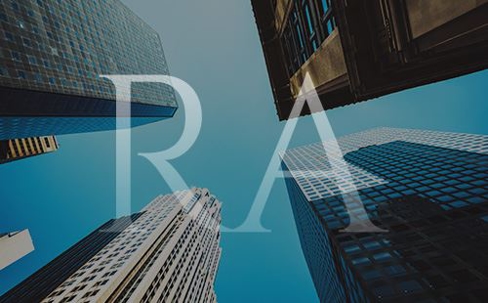While the Charitable Immunity Act provides a significant shield to nonprofits against claims of negligence, as the Appellate Division reiterated in a recent unpublished decision, the Act has its limitations.
In Pantano v. Newark Museum and Newark Museum Association (A-0252-14T1), the court reversed an order dismissing plaintiff’s complaint on the basis of the Charitable Immunity Act (CIA), and remanded the matter to the Law Division. The court held that plaintiff was not a “beneficiary” of the Museum’s charitable purpose at the time her accident occurred, and therefore, the CIA did not absolve the Museum of liability.
Plaintiff, Loredana Pantano, slipped and fell on icy steps at the entrance to the Newark Museum, injuring her back. She was working as an immigration attorney for La Casa de Don Pedro, and had been instructed by her supervisor to attend an educational panel discussion at the Museum at the time of her fall. The panel was part of La Casa’s 40th anniversary celebration. The Museum collected a fee from La Casa for use of its facility, specifically the auditorium where plaintiff was headed when she fell.
For an entity to receive the relief from liability afforded by the CIA, it must be a nonprofit corporation, society or association organized exclusively for religious, charitable or educational purposes. N.J.S.A. 2A:53A-7(a). Further, the charity will not be liable when the injured person is a beneficiary of those good works. See Ryan v. Holy Trinity Evangelical Lutheran Church, 175 N.J. 333, 350 (2003).
In Pantano, the court found it undisputed that the Museum was a “nonprofit association organized exclusively for charitable, artistic, scientific, educational, historical and cultural purposes,” and that it was engaged in its charitable purpose at the time of plaintiff’s accident. However, it was the issue of whether or not plaintiff was a beneficiary of the Museum’s charitable endeavors with which the court grappled. In analyzing the facts of the case, the court relied heavily on Mayer v. Fairlawn Jewish Center, 71 N.J. Super. 313 (App. Div. 1961), aff’d in part, rev’d on other grounds, 38 N.J. 549 (1962). The plaintiff in Mayer, who was an employee of the Development Corporation for Israel, suffered a personal injury while promoting the sale of bonds at a dinner on defendant’s premises. Similar to the plaintiff in Pantano, Mr. Mayer was at the defendant’s facility at the behest of his employer. In Mayer, the court rejected the defendant’s asserted immunity, finding that plaintiff was not a beneficiary of the Center’s charitable works. The Appellate Division used primarily the same reasoning in Pantano. Further, the court also dismissed the notion that Mayer was decided on the basis of the plaintiff’s performance of particular functions related to his employment, and refused to distinguish Mayer and Pantano on those grounds.
Ultimately, the court held that “plaintiff, as an employee of La Casa who was ordered on the day of her fall to attend the panel discussion at the Museum, was not the direct beneficiary of the Museum’s charitable endeavors.” This decision reinforces the case law interpreting the CIA’s “beneficiary” requirement as one that must confer some type of “direct benefit” of the nonprofit’s charitable works to the injured party for immunity to apply.

